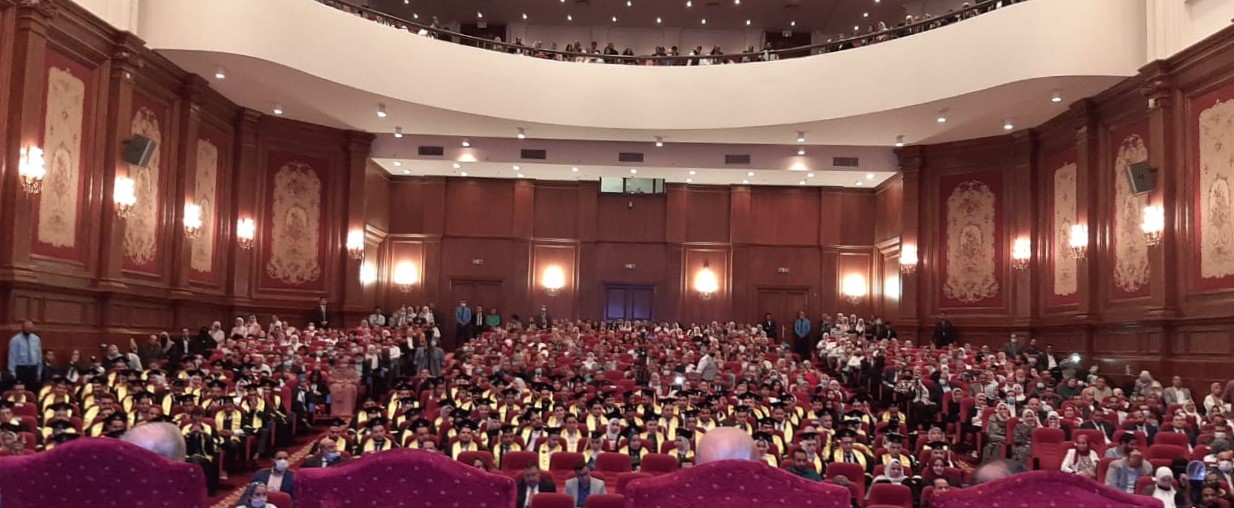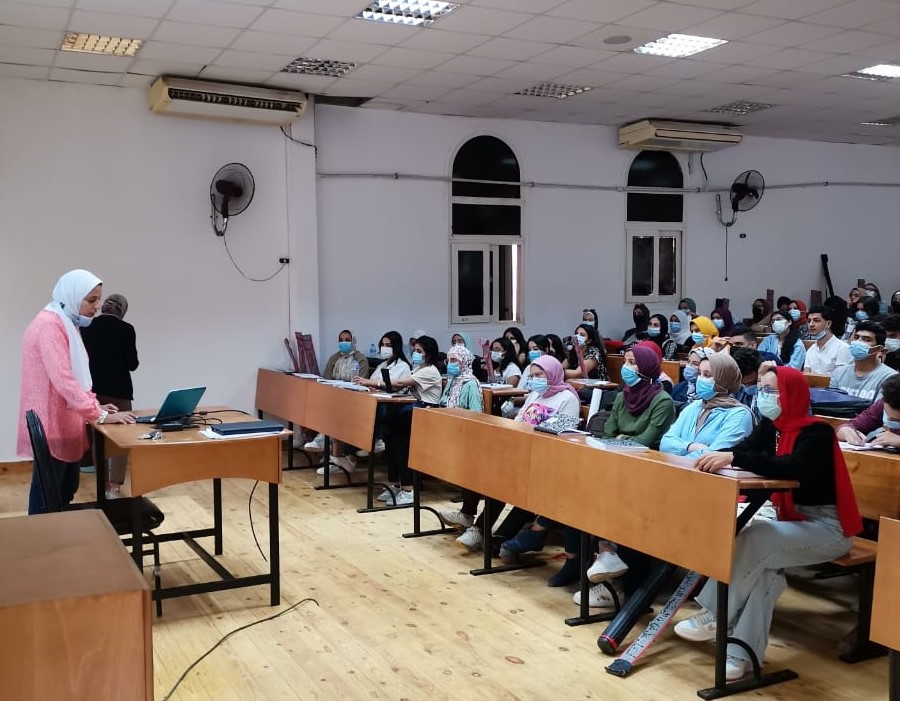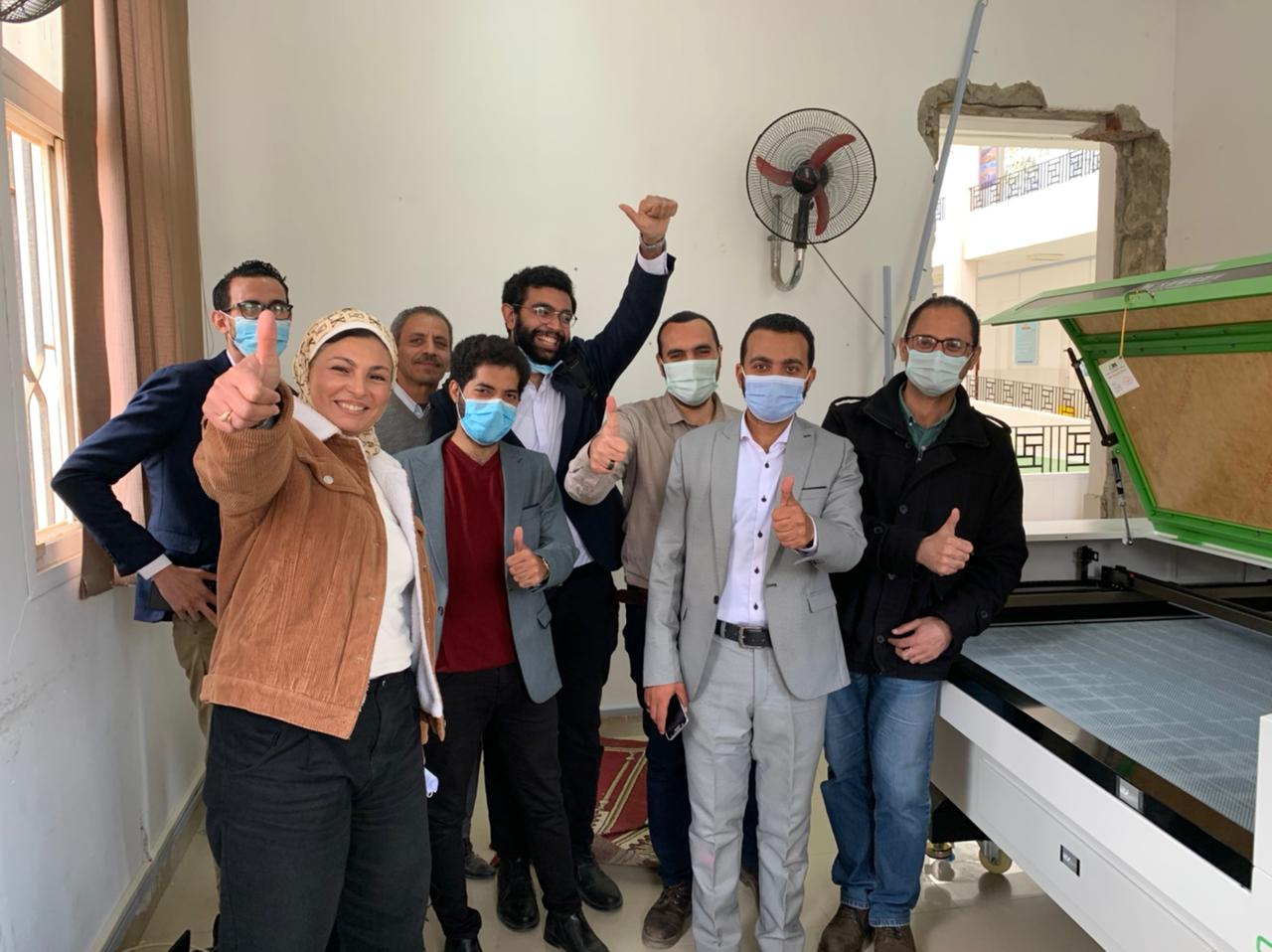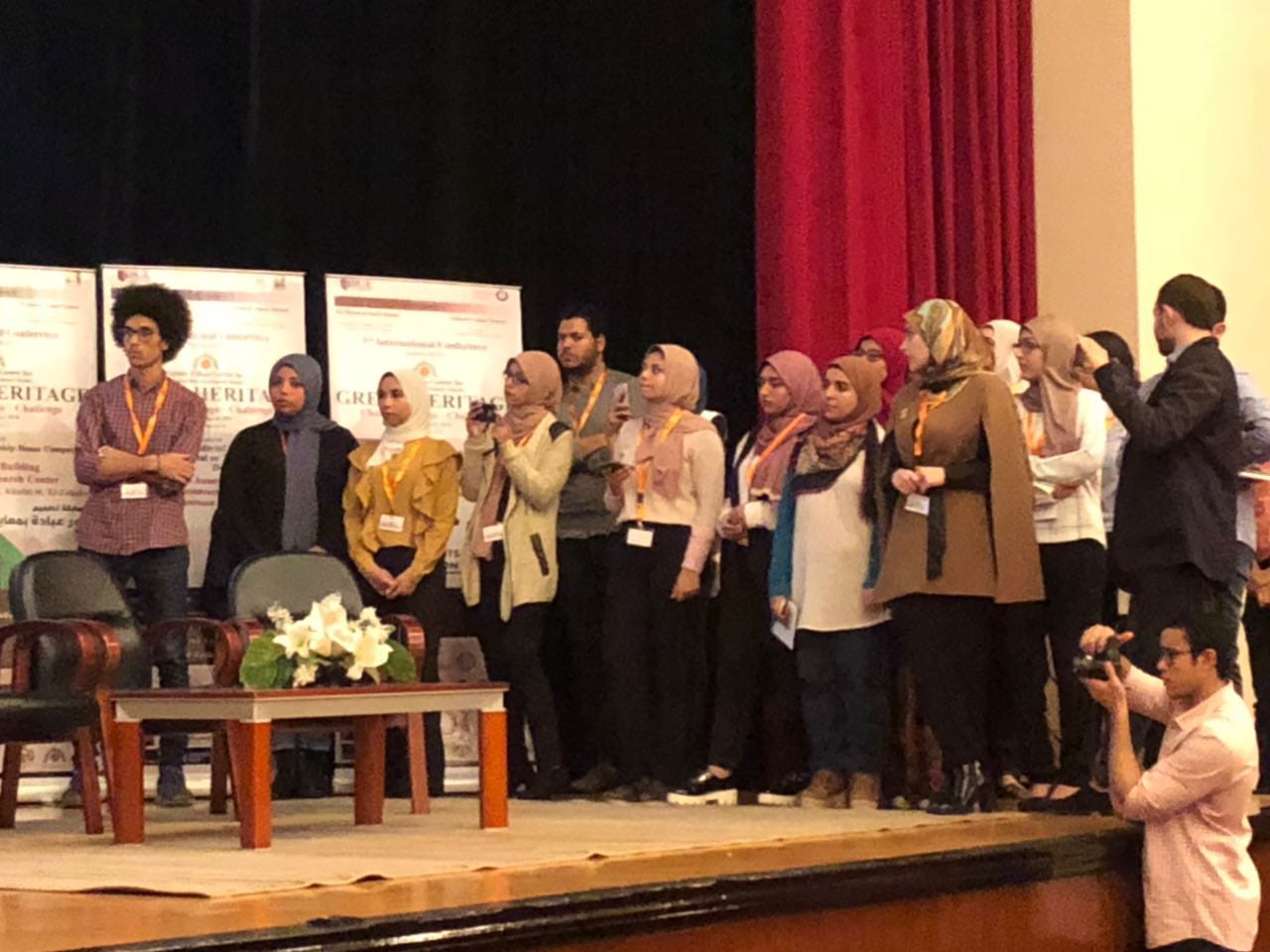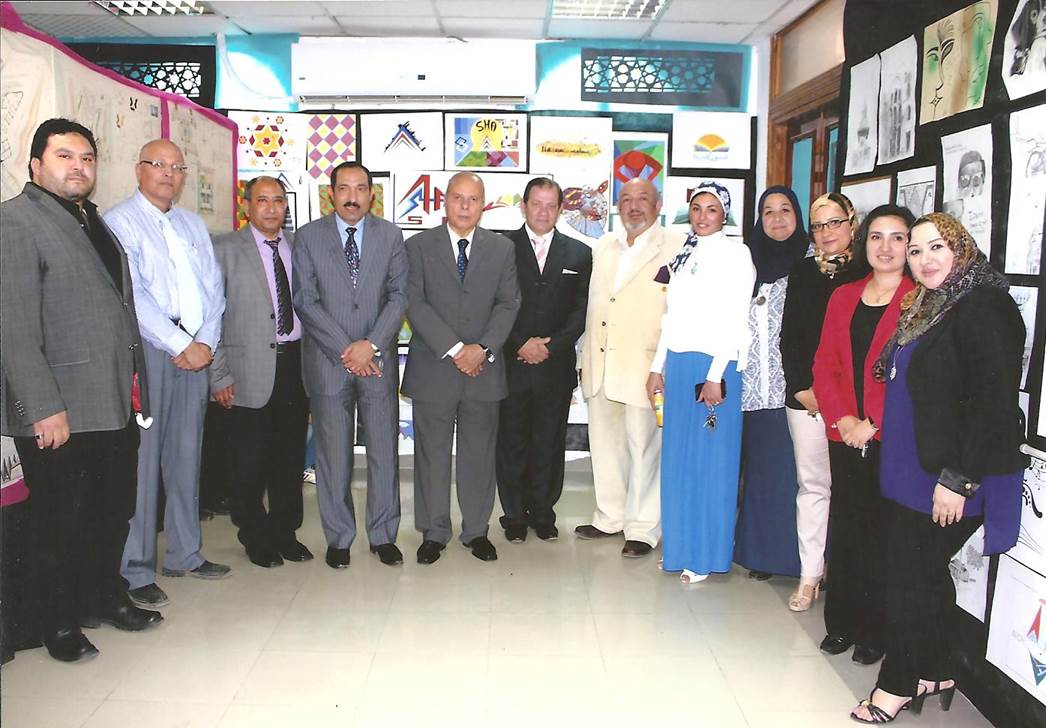
Architectural Engineering Program
-
The origin of the department
-
Head of Department's Message
-
Organizational structure
-
Vision, Mission and Objectives
-
Human Resources
-
Supporting Facilities
-
Educational Quality
-
Education and Student Affairs
-
Alumni
The origin of the department
The Architectural Engineering Department at the Higher Institute of Engineering was established in 1995 with an approval issued by the Ministry of Higher Education No. 1712 dated 11/22/1995. At that time, The Institute was located in the 10th of Ramadan City and had five different departments which were Communications Engineering - Medical Engineering – Chemical Engineering – Electrical Power and Machinery Engineering in addition to the Architectural Engineering. The Architectural Engineering Department has met the criteria for programmatic accreditation, and has been accredited by the Authority’s Board of Directors Resolution No. 232 dated 3/8/2023.
Head of Department's Message
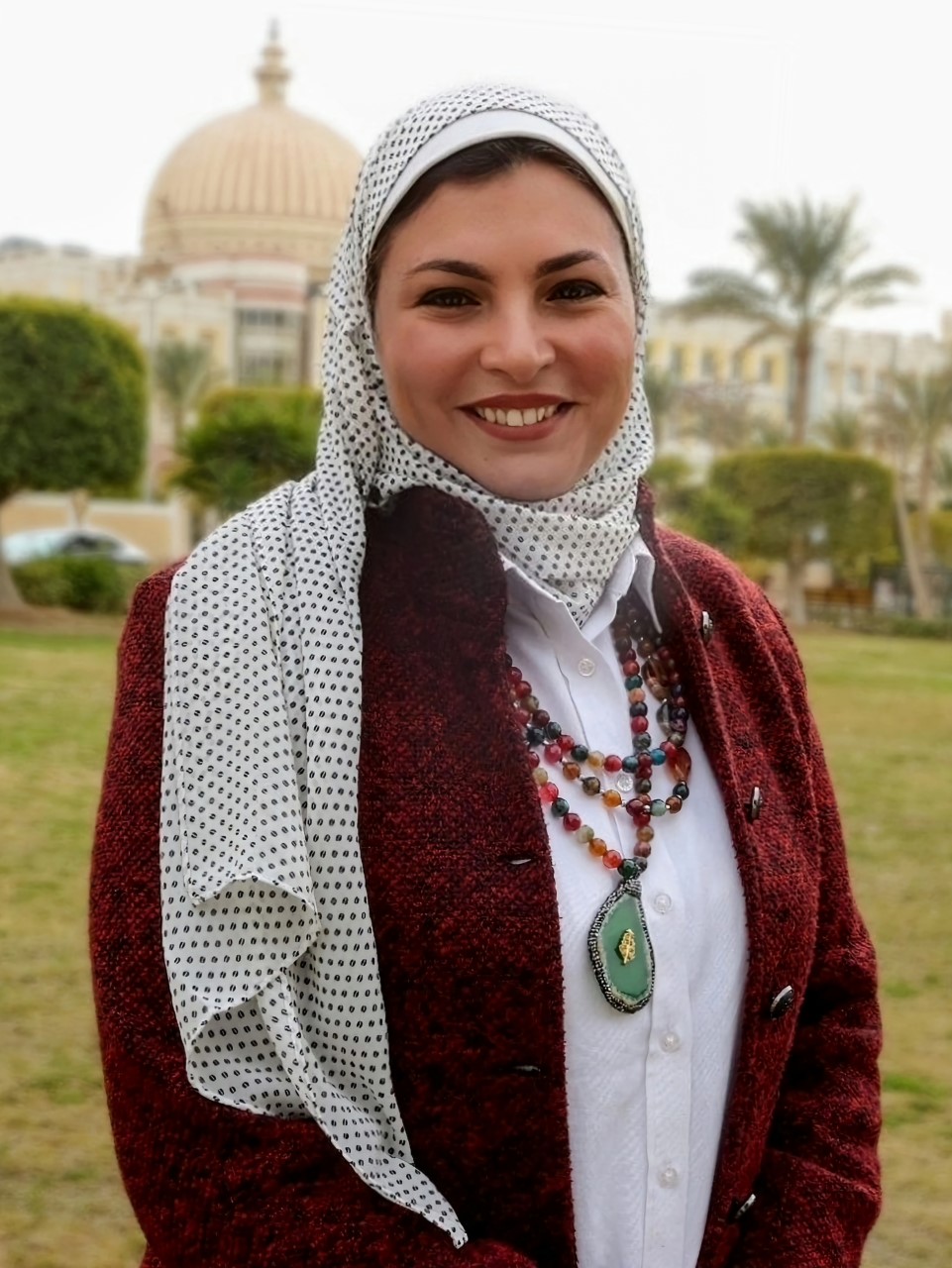
Prof. Dr. Manal Yehia Tawfik
Dear Students ... I am pleased and honored by the effort you are making in your academic and practical achievement in addition to serving your society as a first step in preparing you to become responsible leaders to develop your country Egypt, society, family and yourselves. Therefore, administrators, members of the supporting staff, and faculty members in the Architectural Engineering Department are doing their best to achieve high educational quality, through developing curricula, teaching methods, etc., in keeping pace and compatibility with the continuous development in the field of architecture, to prepare architects who are future pioneers in the field of research, able to compete in the renewable labor market. Thus, we ask God to fulfill our hopes for you, your hopes, and the hopes of your families and societies. So we ask and demand diligence and perseverance from you.
Organizational structure
Vision, Mission and Objectives
For the program to become one of the best architectural engineering programs locally and regionally in addition to maintaining the labor market with a distinguished academically and professional graduate.
• Preparing creative architects familiar with modern sciences, contemporary technology and sufficient skills to keep pace with the labor market. • Preparing graduates able to participate in community services within the framework of sustainable development and quality of life. • Developing the students’ capability to scientific research and self-learning
The architectural engineering program aims to achieve the following objectives: 1- Preparing a distinguished graduate in the field of architecture and planning that meets the needs of the local and international labor market through the following: - Preparing the student with all the information, skills, tools and capabilities that help him design and implement architectural, urban and planning projects within the framework of sustainable development. - Developing the spirit of participation among students and working in groups in different courses during their study in the program. - Participating in community and environment services to eliminate individualism at work. 2- The ability to face the future with all the professional challenges it brings due to the rapid technological development in all aspects of life through the following: - Interest in presenting advanced technical topics and projects related to logic and engineering knowledge. - Qualifying the student to use the latest design, planning and simulation programs that keep pace with the rapid development. - Developing the student’s skills and abilities to carry out the tasks assigned to him/her, within the framework of contemporary technological progress. 3- Developing the sense of creativity, the spirit of competition and the ability of students to examine and experiment through the following: - Supporting students with the principles and standards of the successful design and planning. - Focusing on applied aspects that are directly related to human life. - Proposing individual and group creative projects that support solving real or imaginary problems that require creative solutions. 4- Preparing the student to complete the educational process and continue scientific research after graduation through the following: - Introducing the student to the principles of scientific research and how to conduct applied studies that link the theoretical aspect to the practical aspect. - Activating the role of research and scientific studies in solving the problems of the surrounding community and developing the national economy.
Educational Quality
Education and Student Affairs
Alumni
Program Introduction
Architecture is the scientific art of constructing buildings that meet the conditions of usability, durability, beauty and economy in addition to achieving the human’s physical, psychological and spiritual needs individually or in a group. Therefore, the Architectural Engineering Department at Shorouk Academy seeks to prepare a generation of architects updated and capable to deal with the needs, techniques and systems of the labor market at all times. Keeping pace with the rapid development of the profession and working efficiently with the existing systems and technologies that are being developed within the framework of sustainable development of the educational process. This is clearly evident through the development of curricula, teaching methods, etc., keeping pace and compatibility with the continuous development in the field of architecture, to prepare architects who are future leaders in the field of research, able to compete in the renewable labor market.

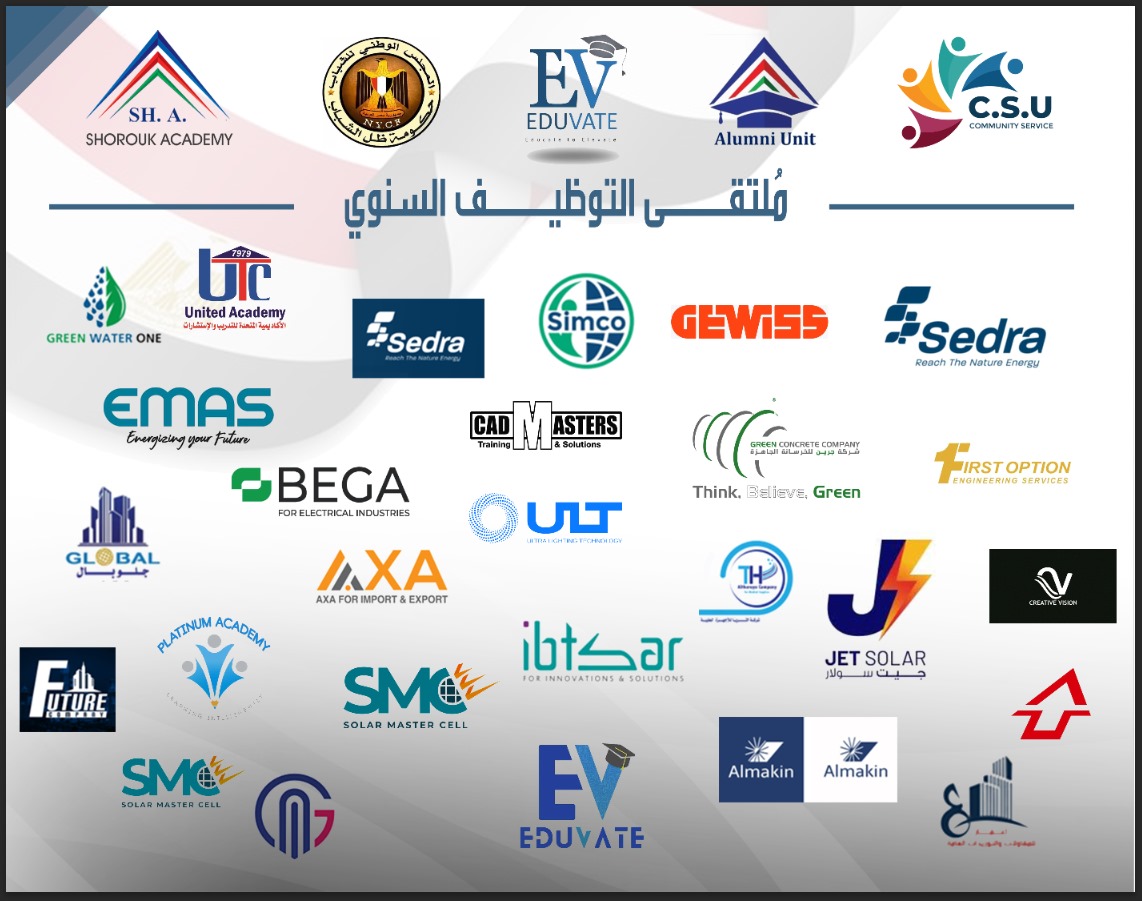

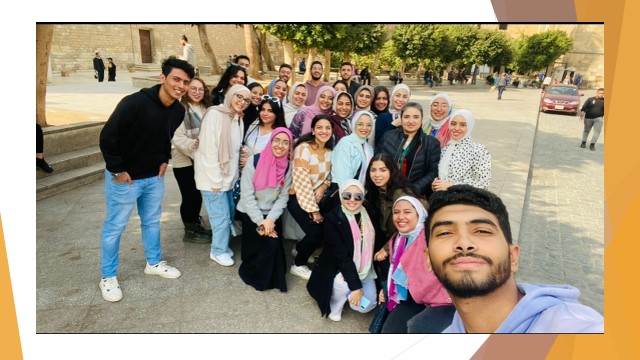
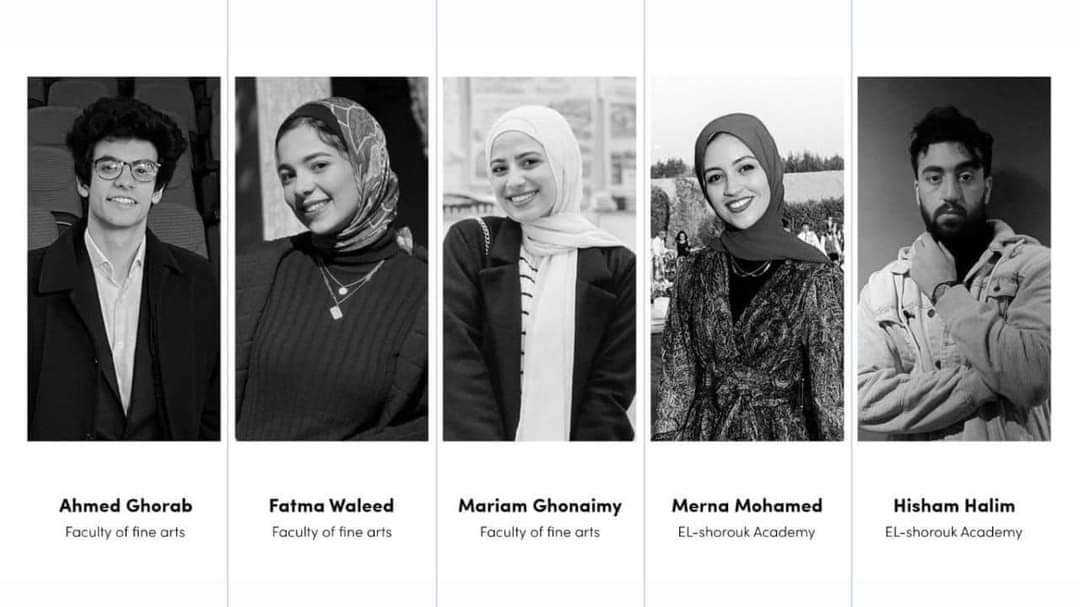
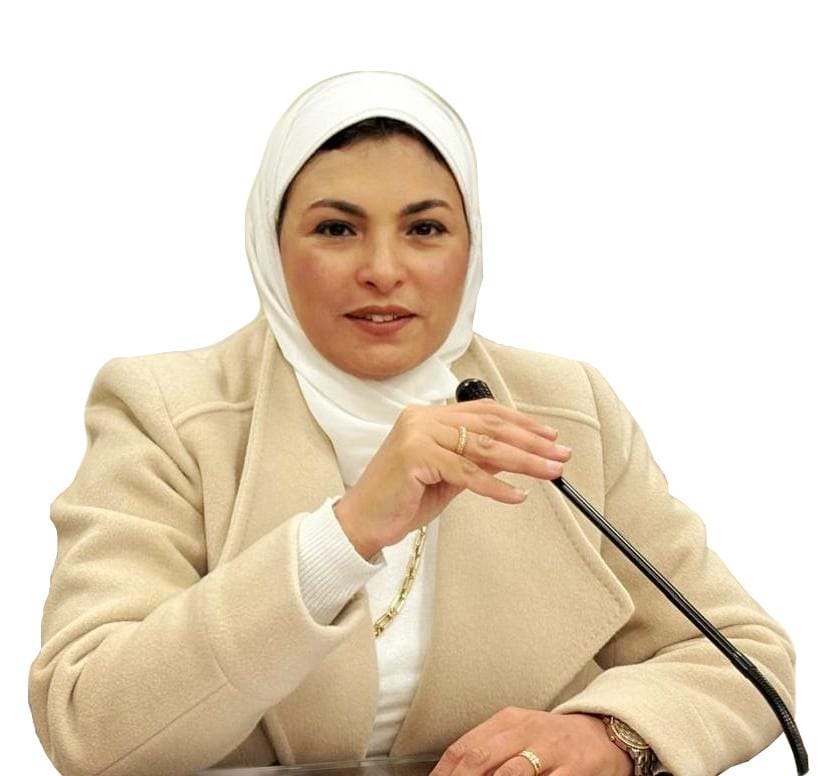

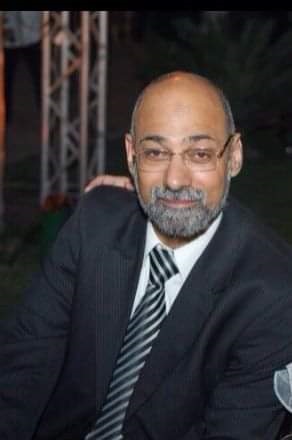
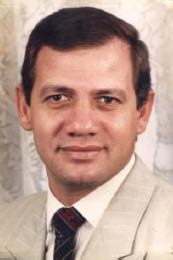
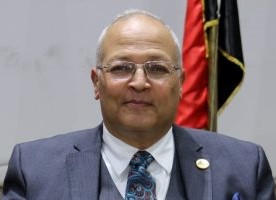

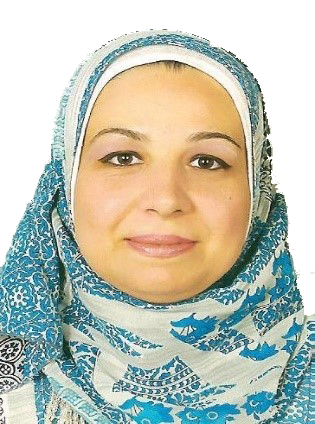
.jpg)
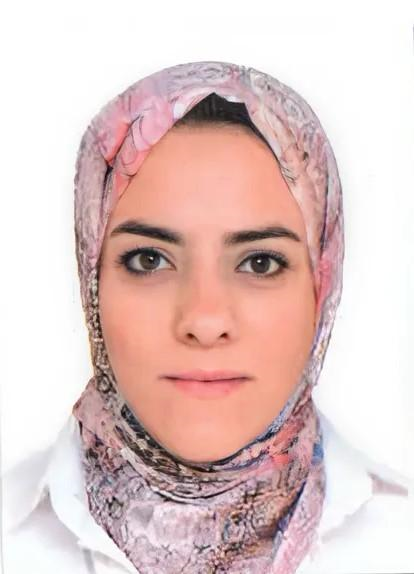


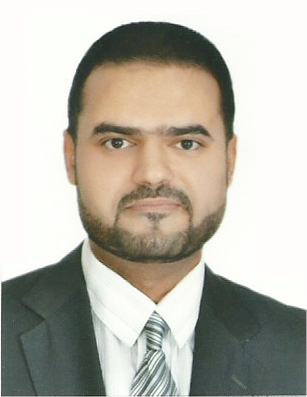
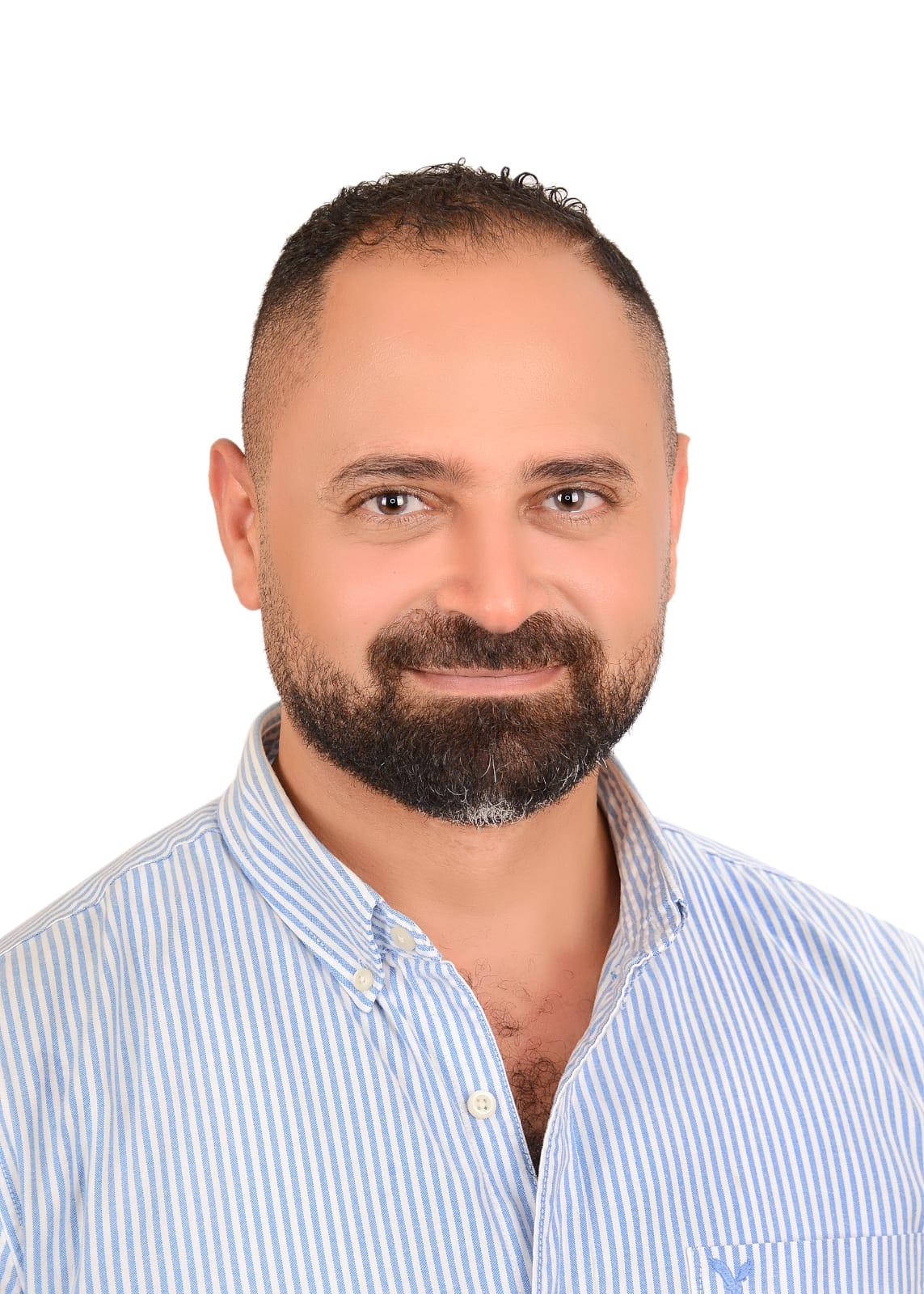

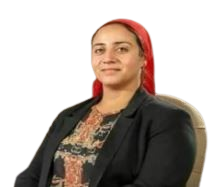
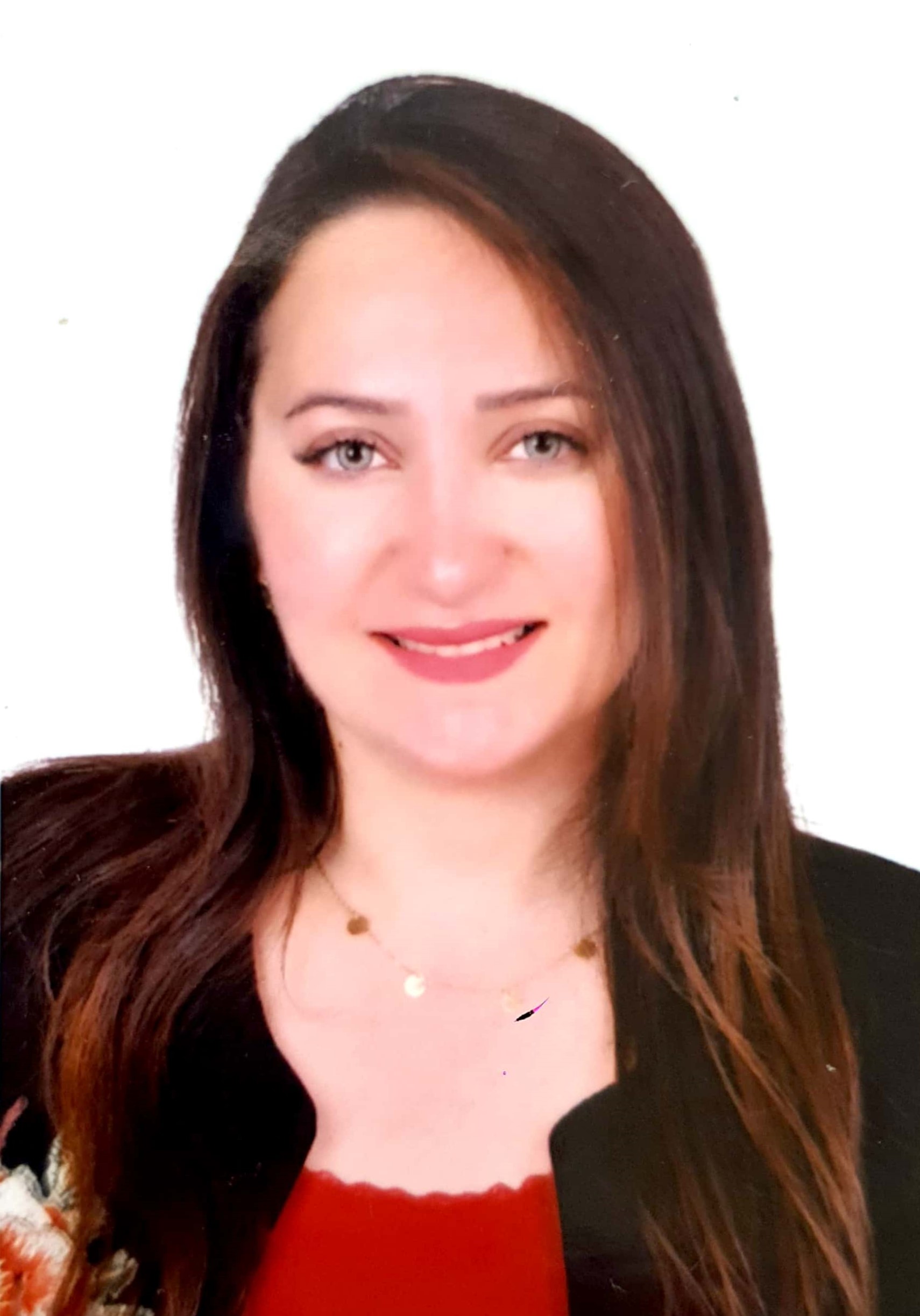
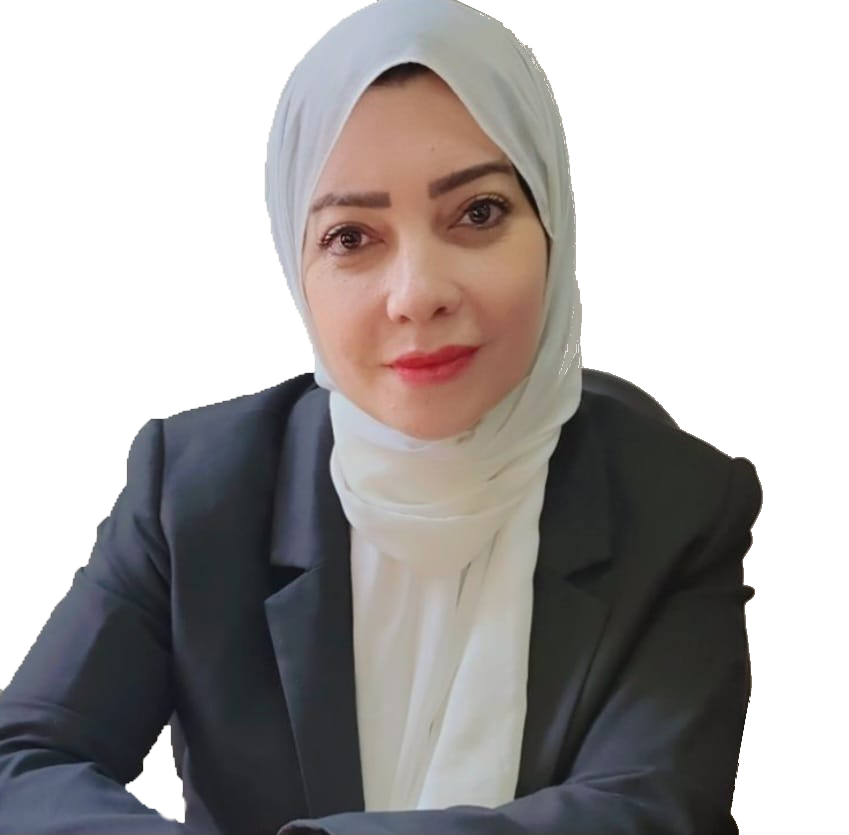
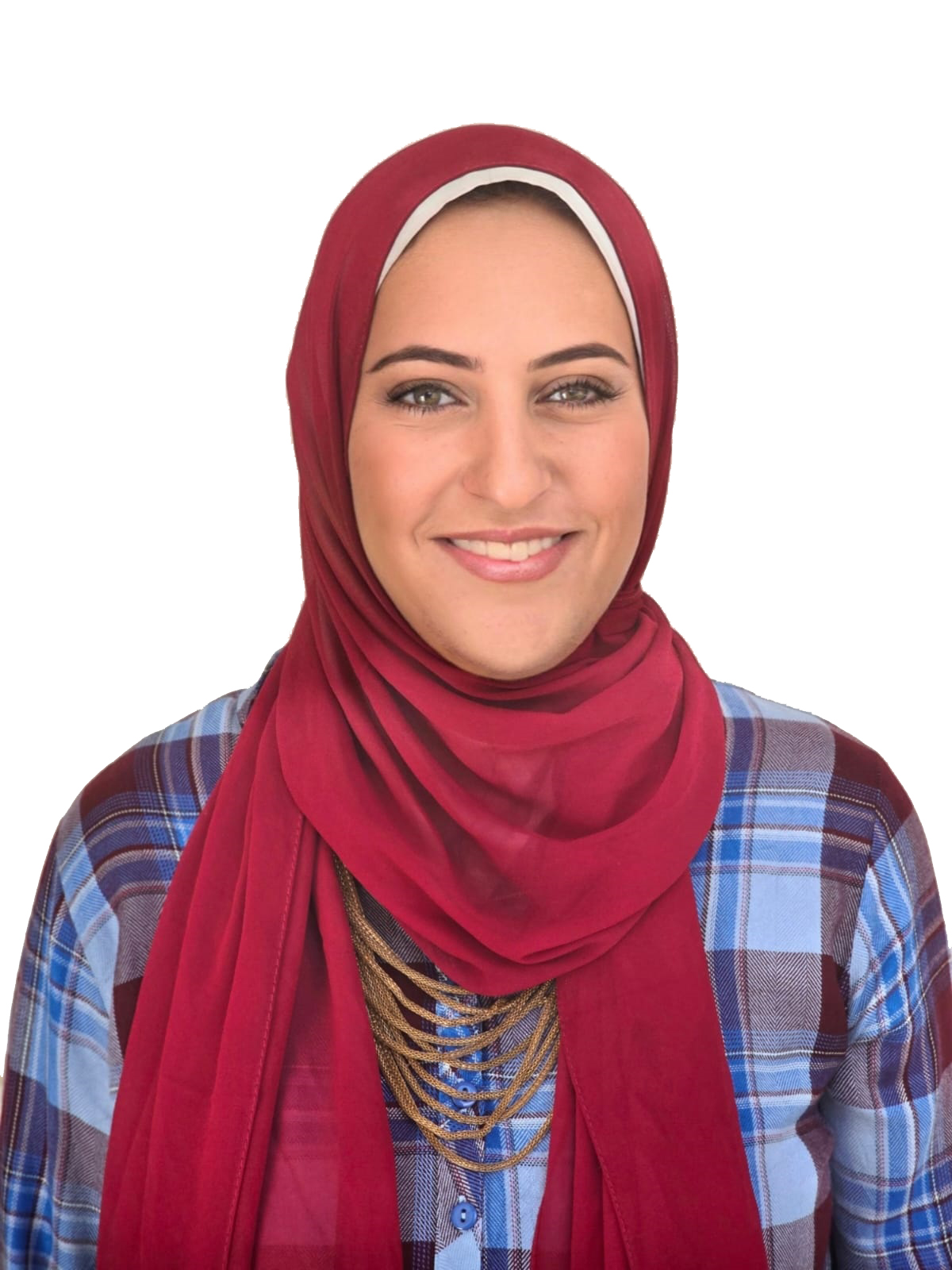
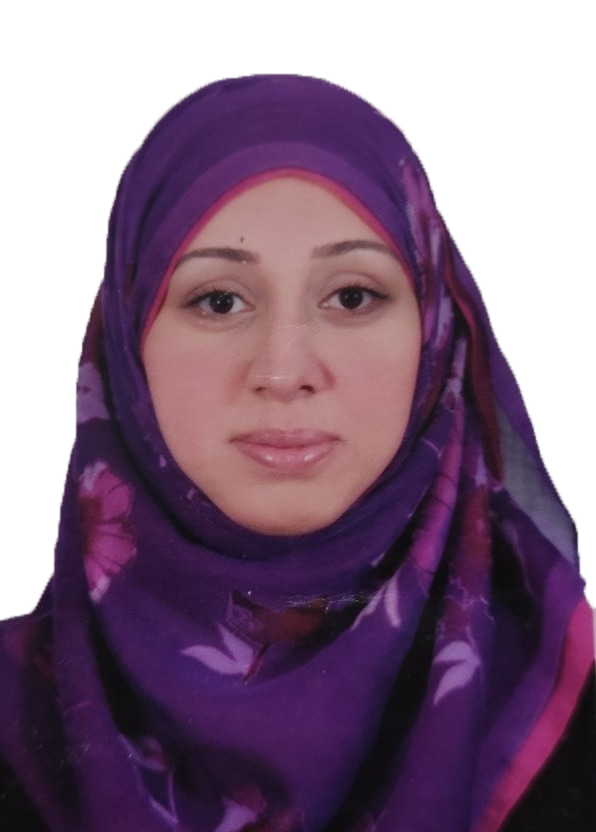
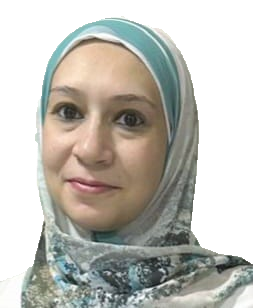
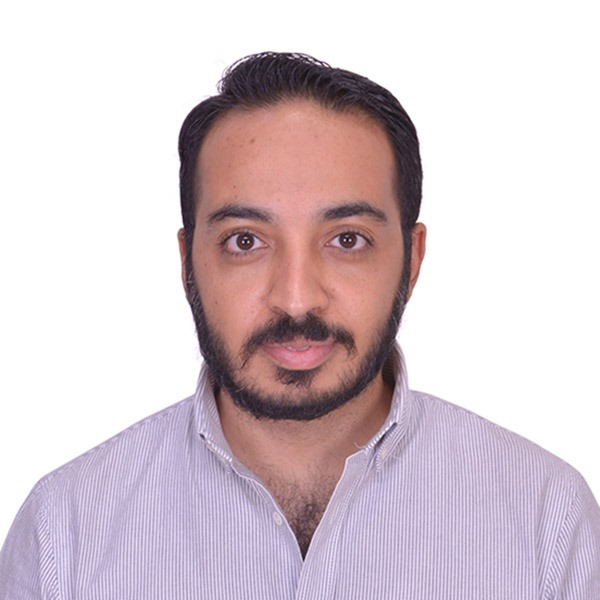

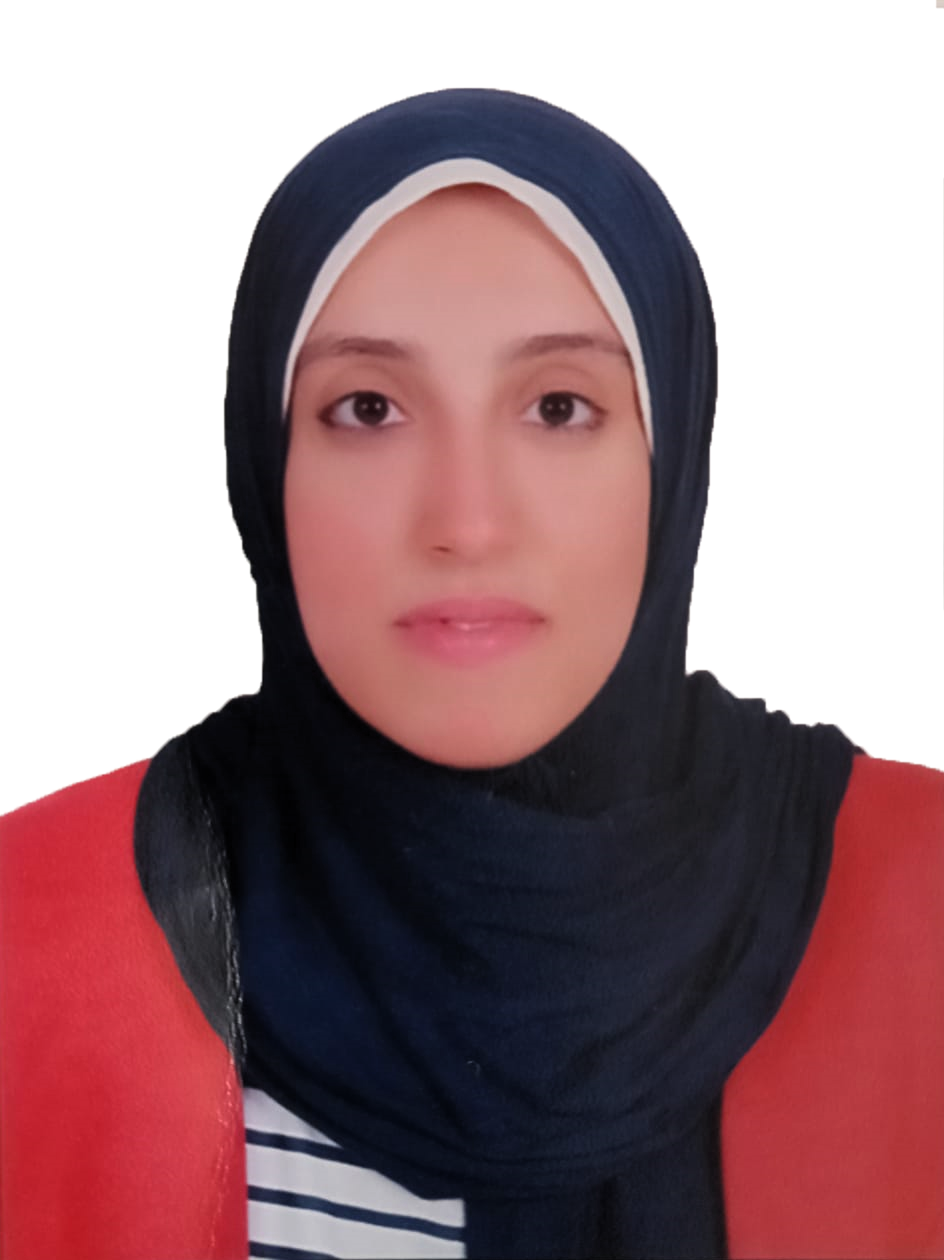
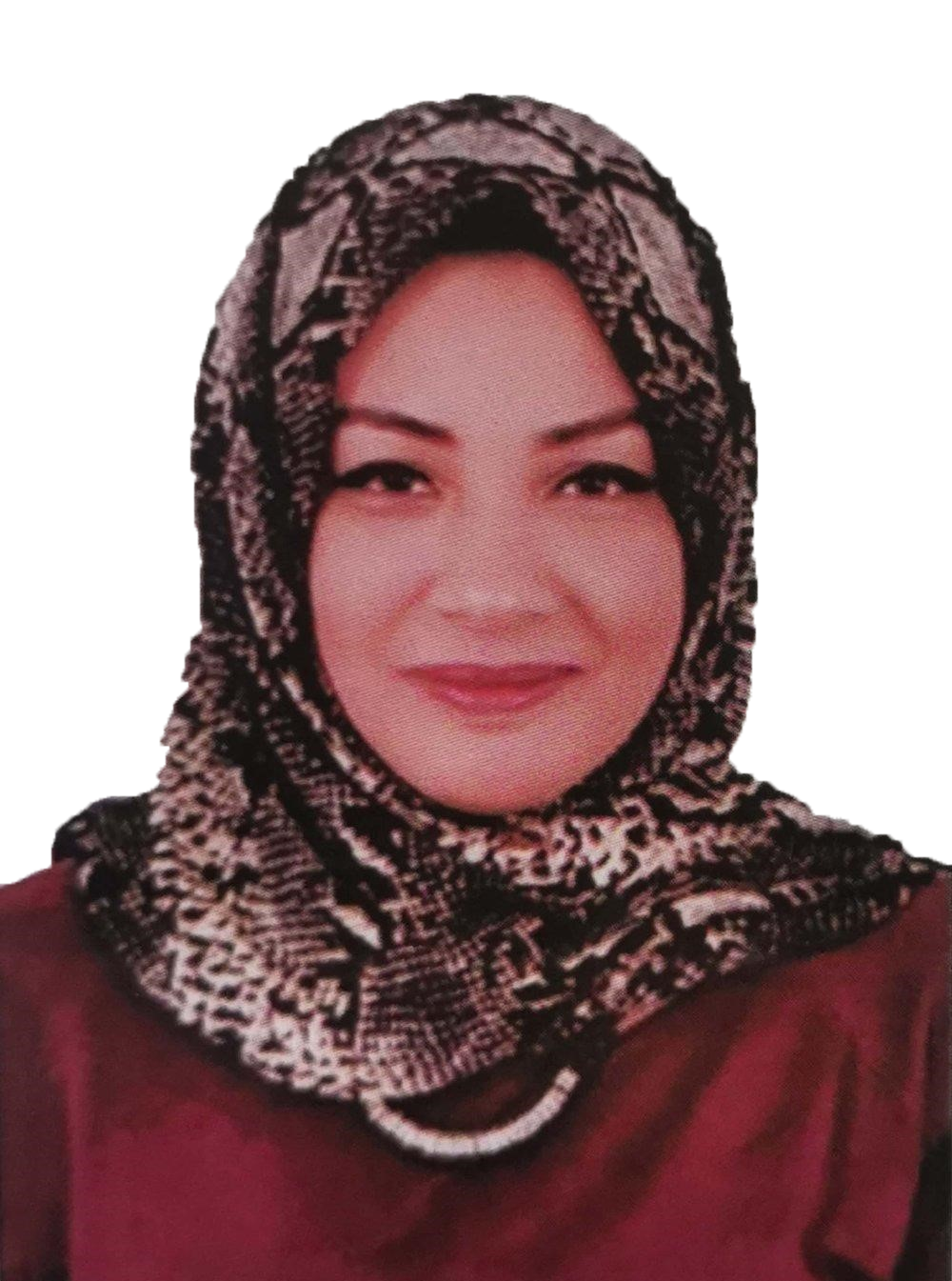

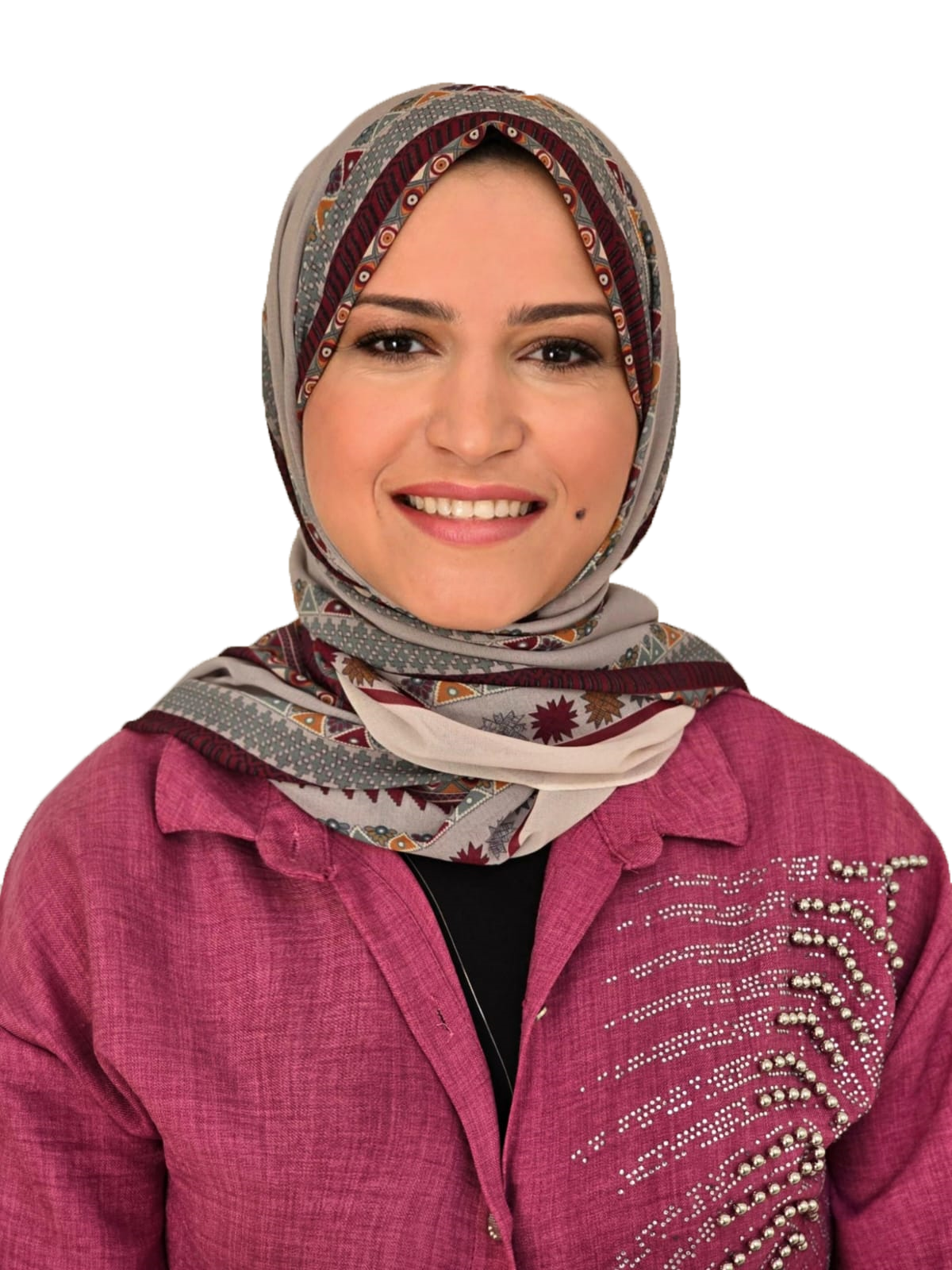






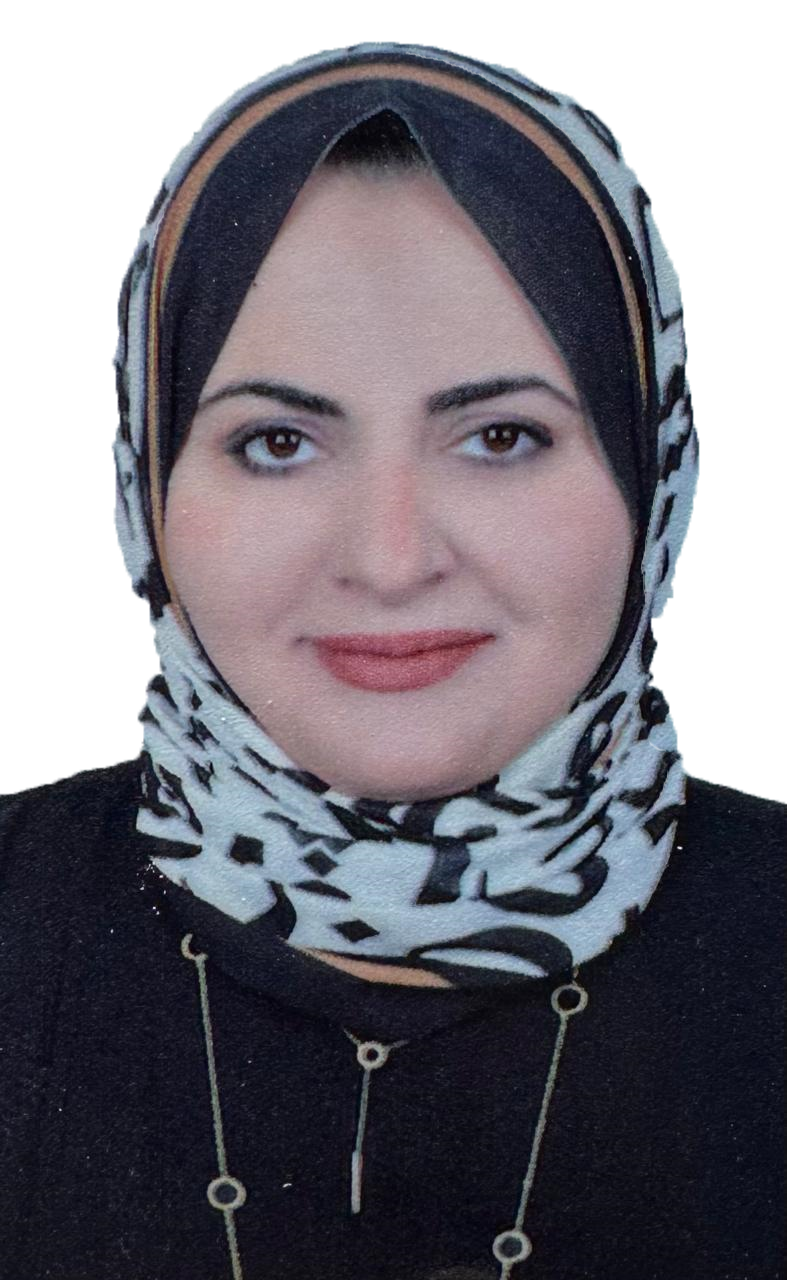




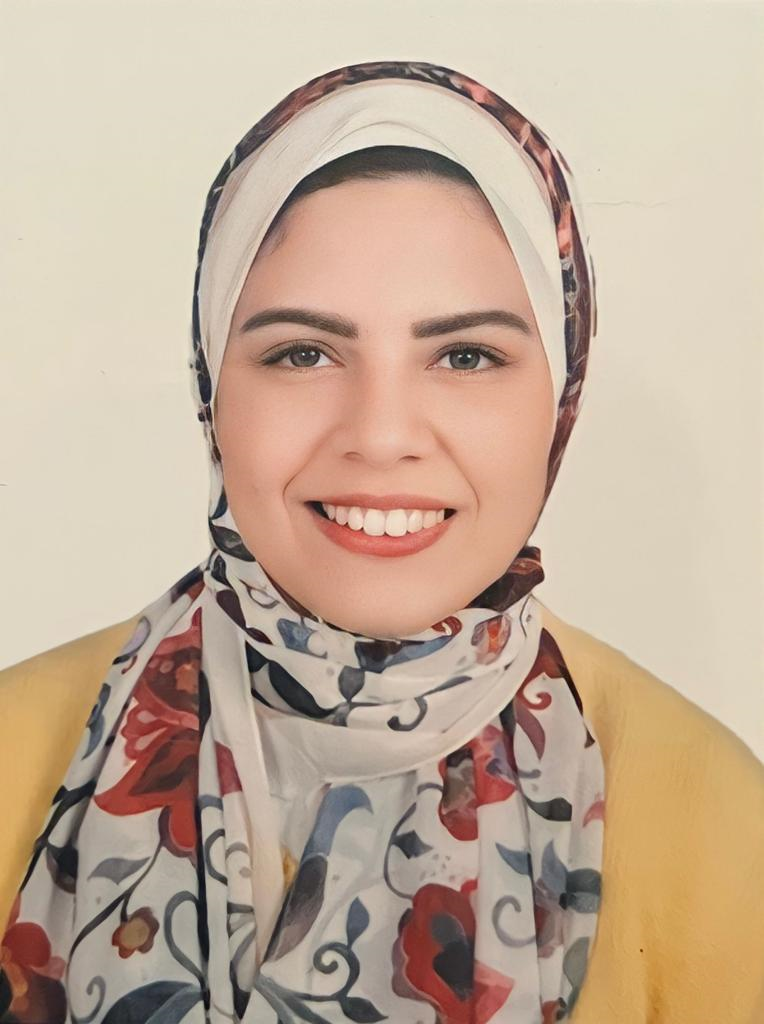
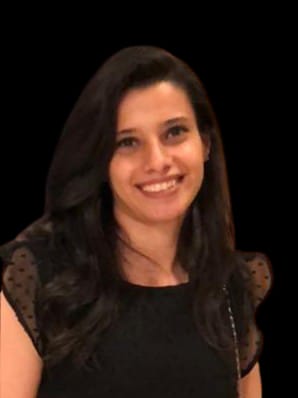
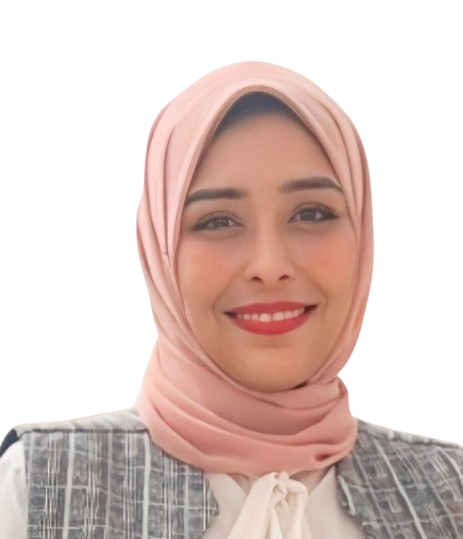
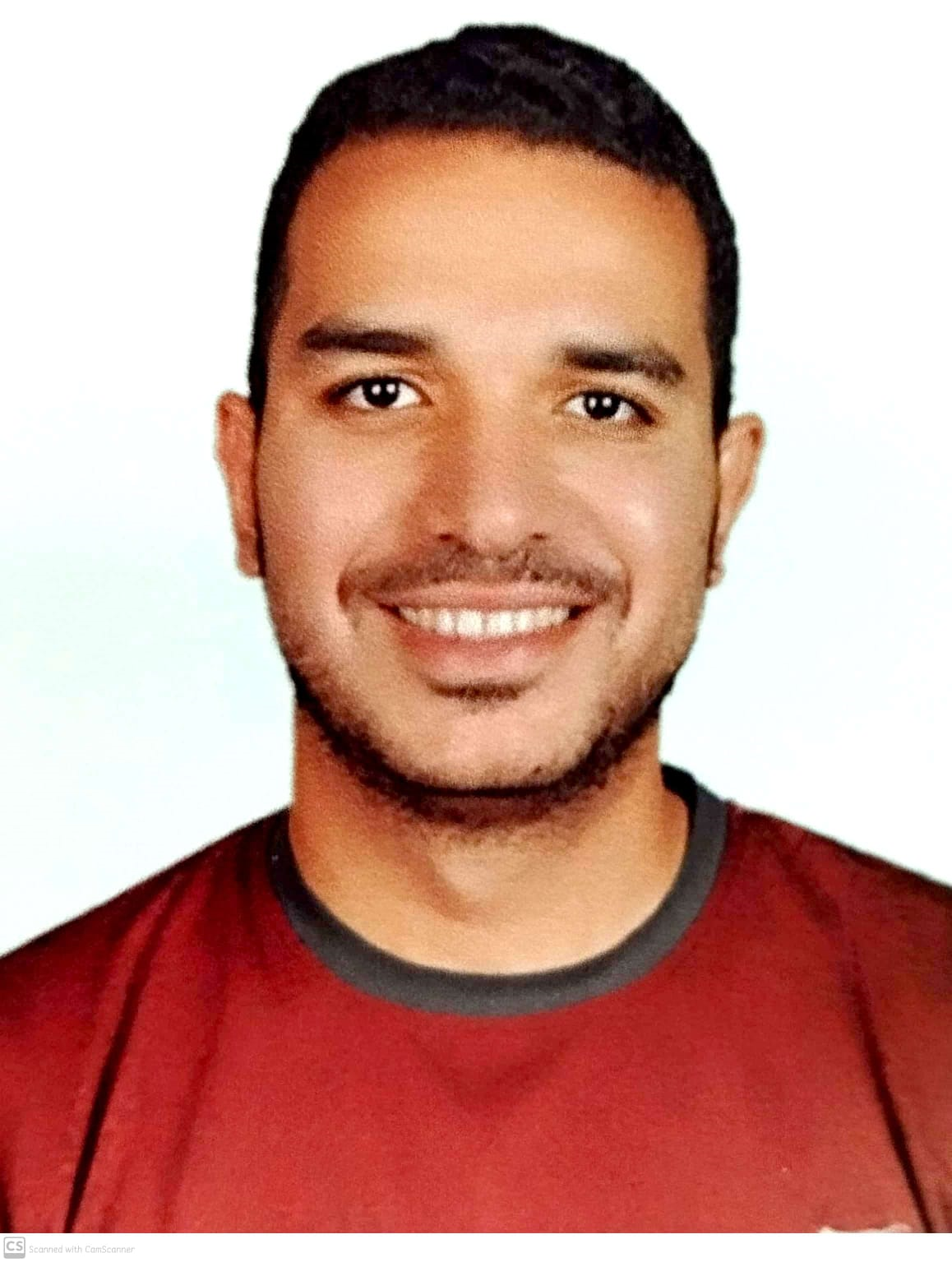
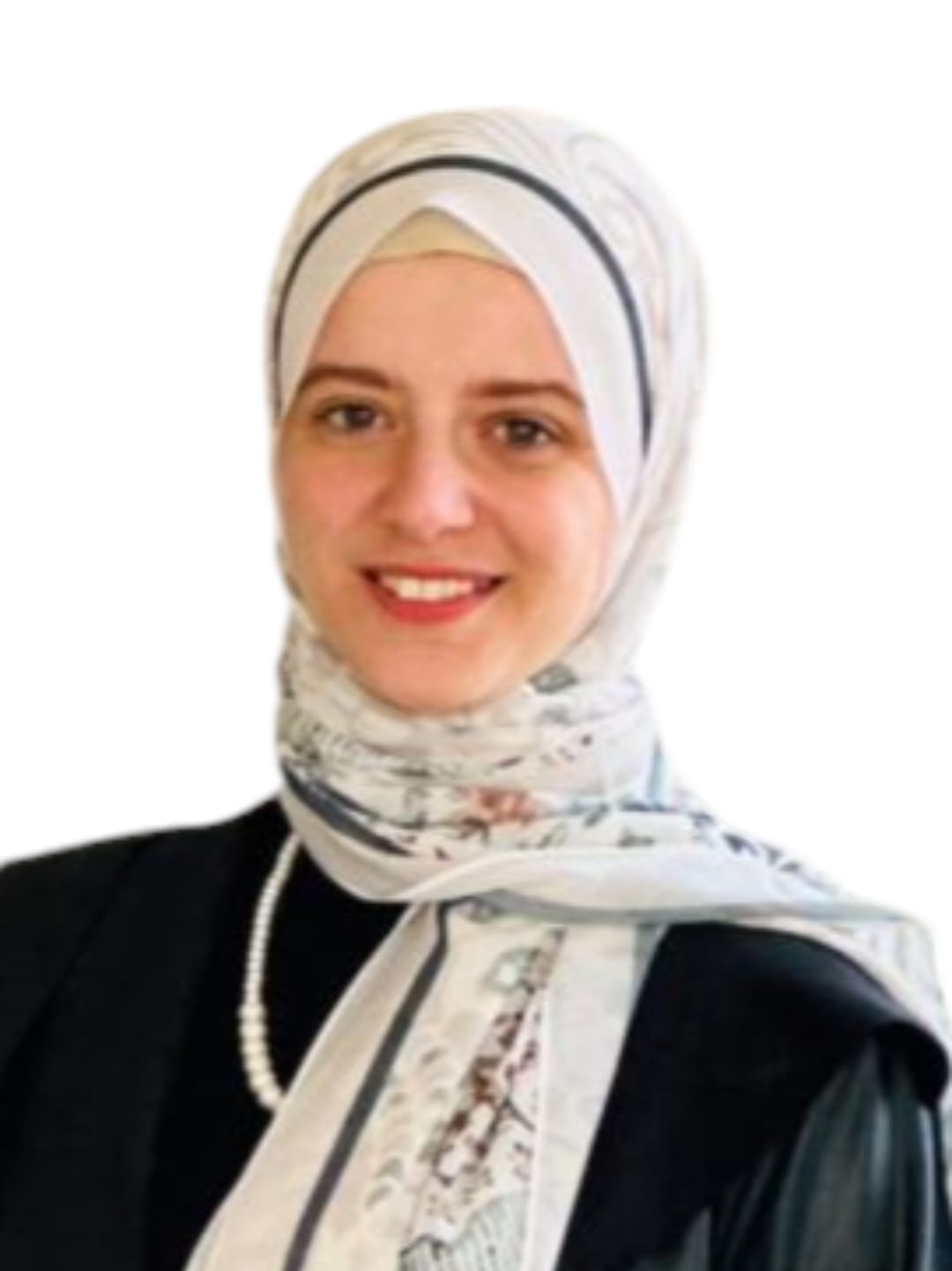
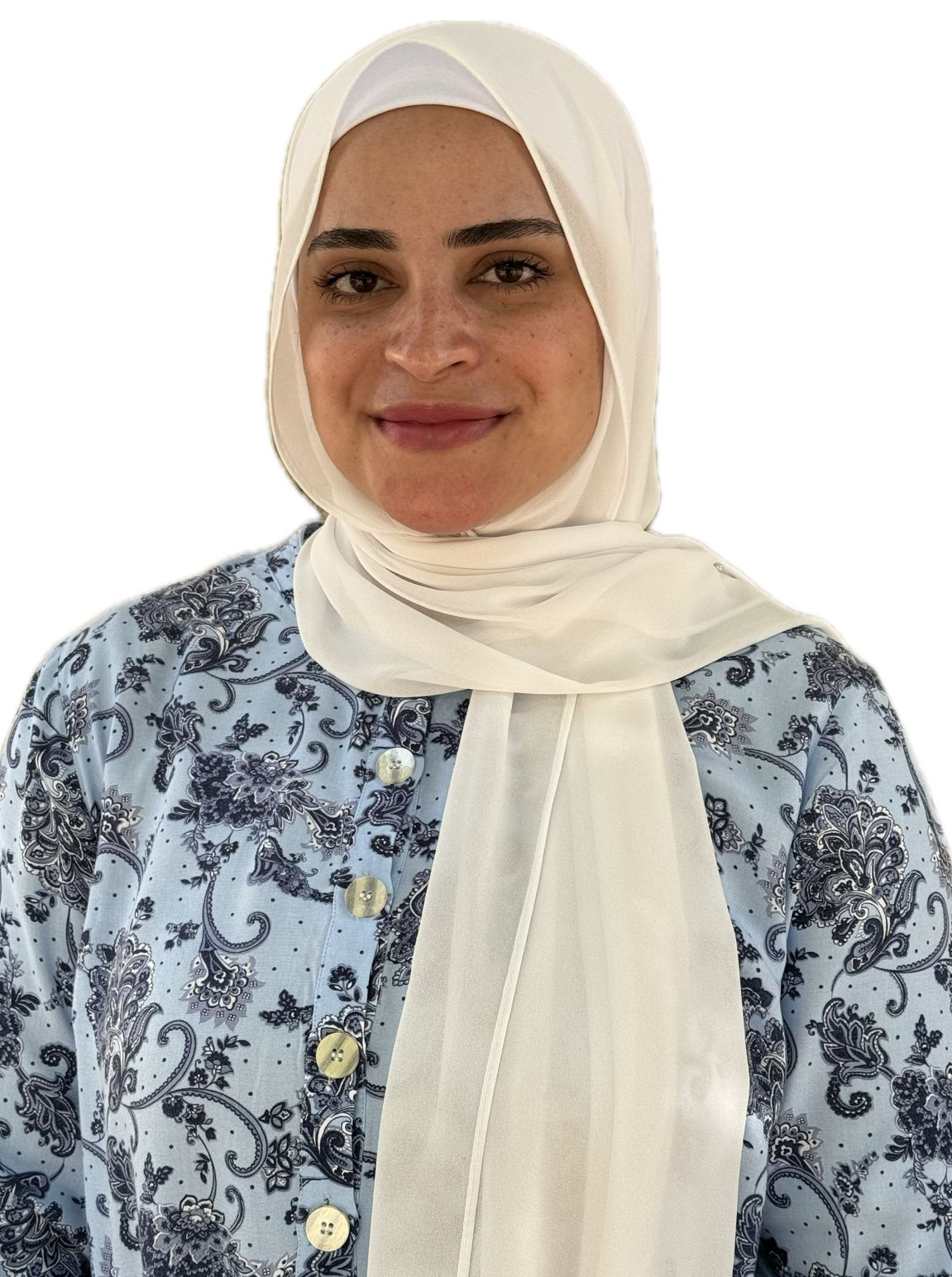



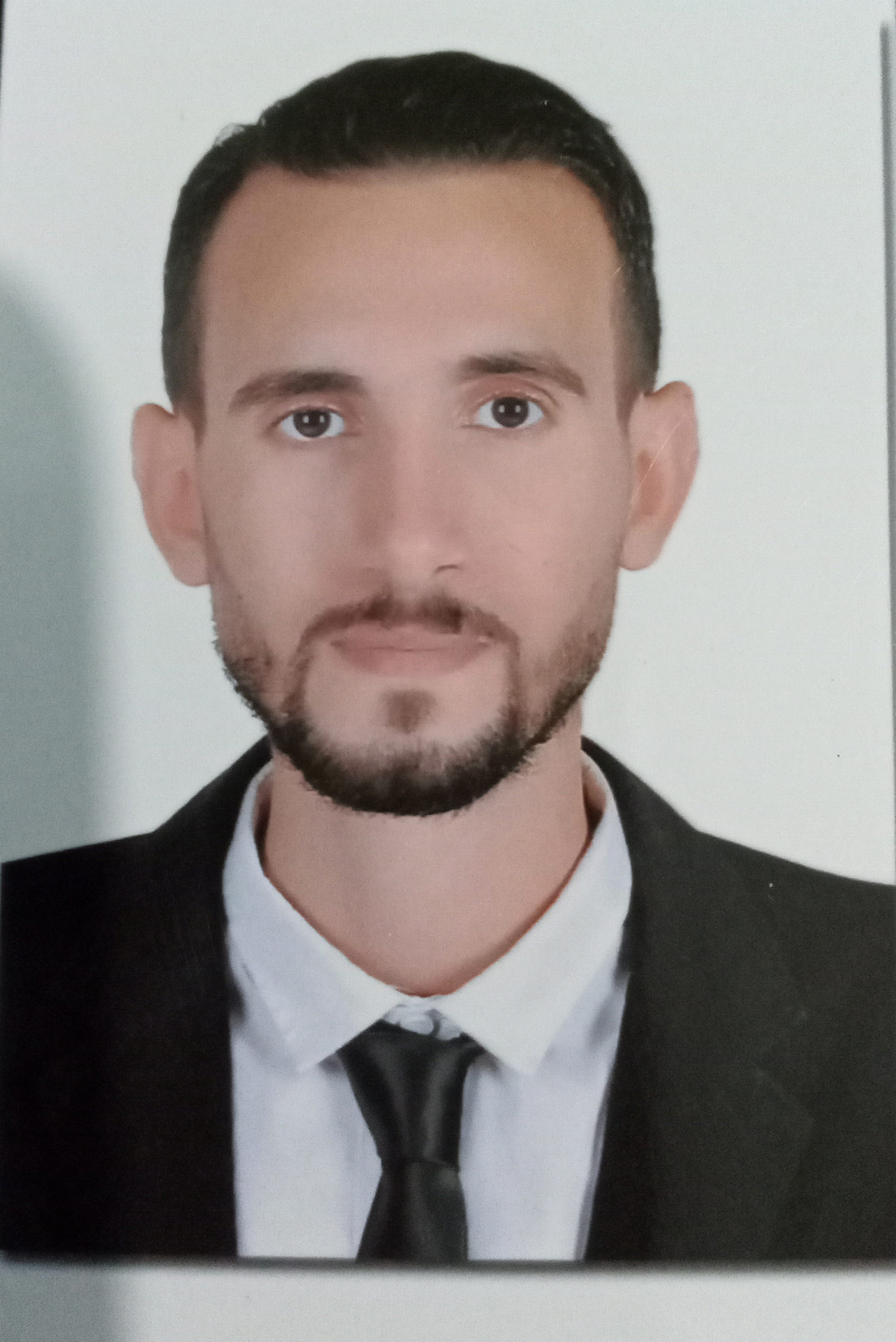



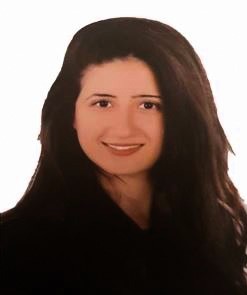
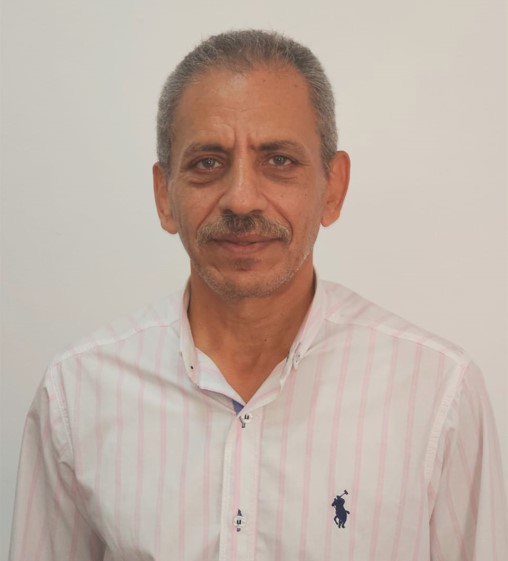
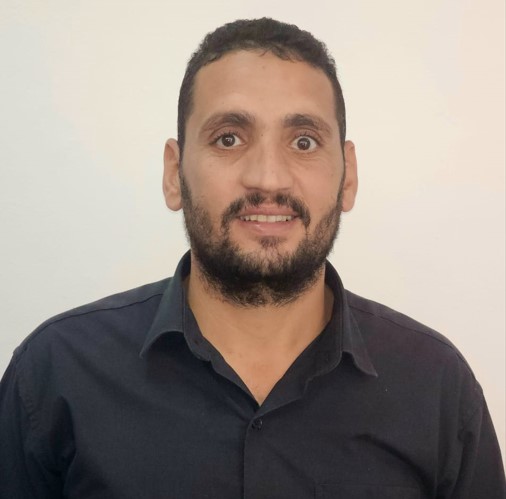
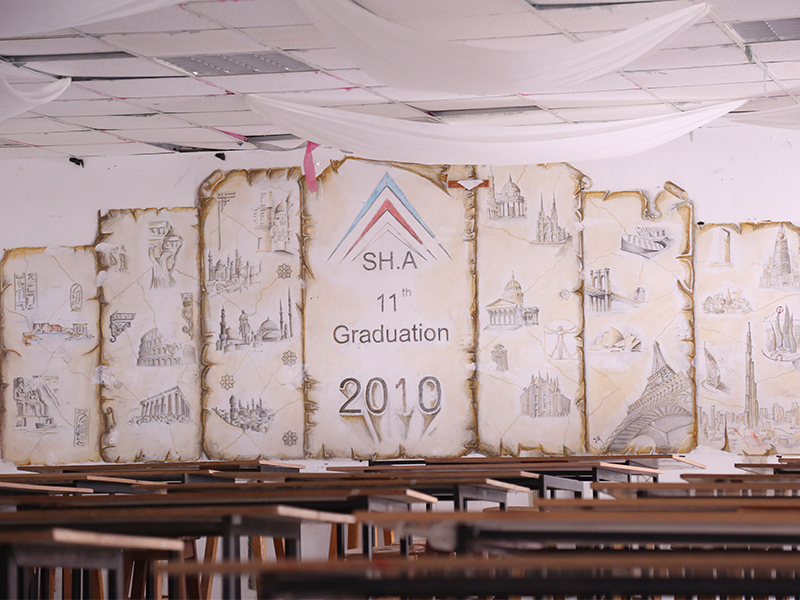

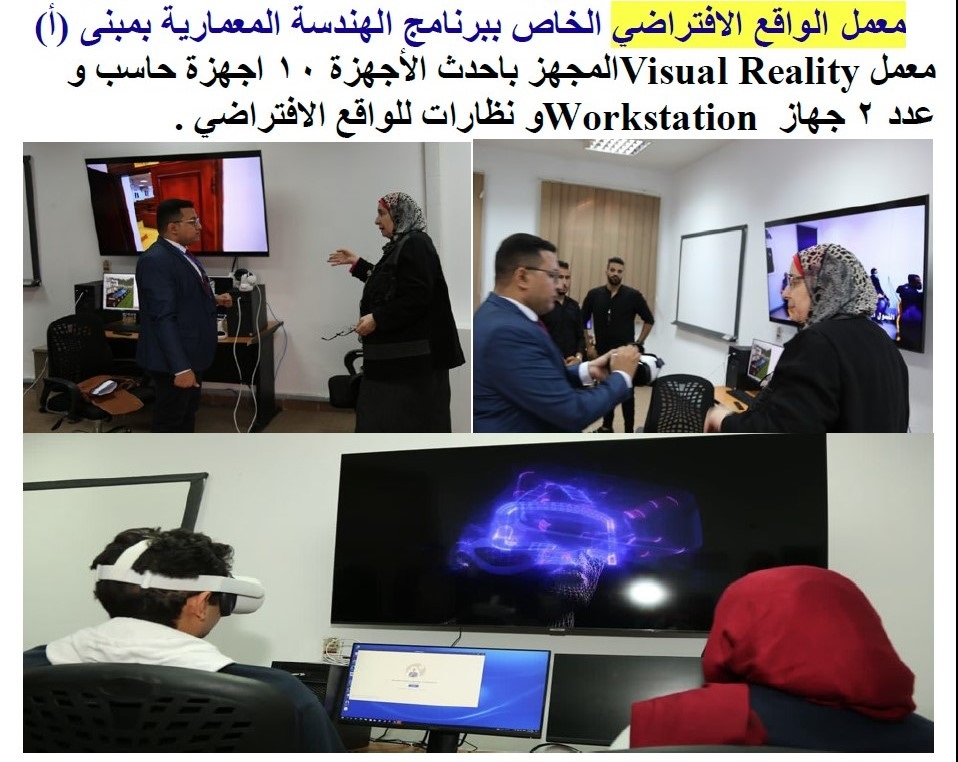
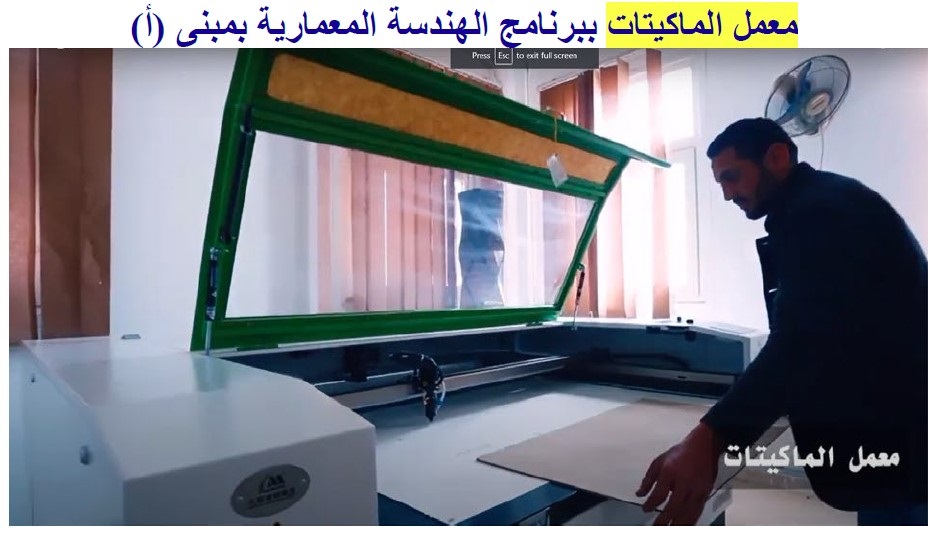
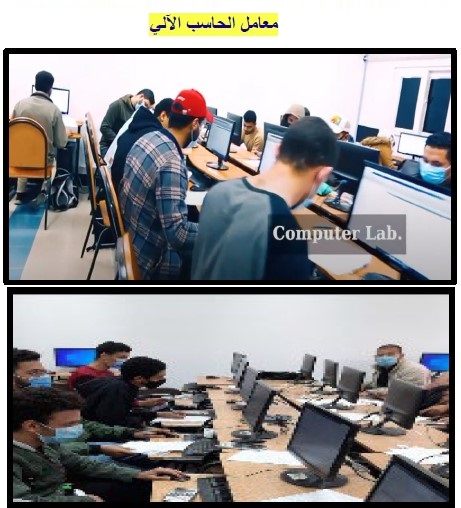


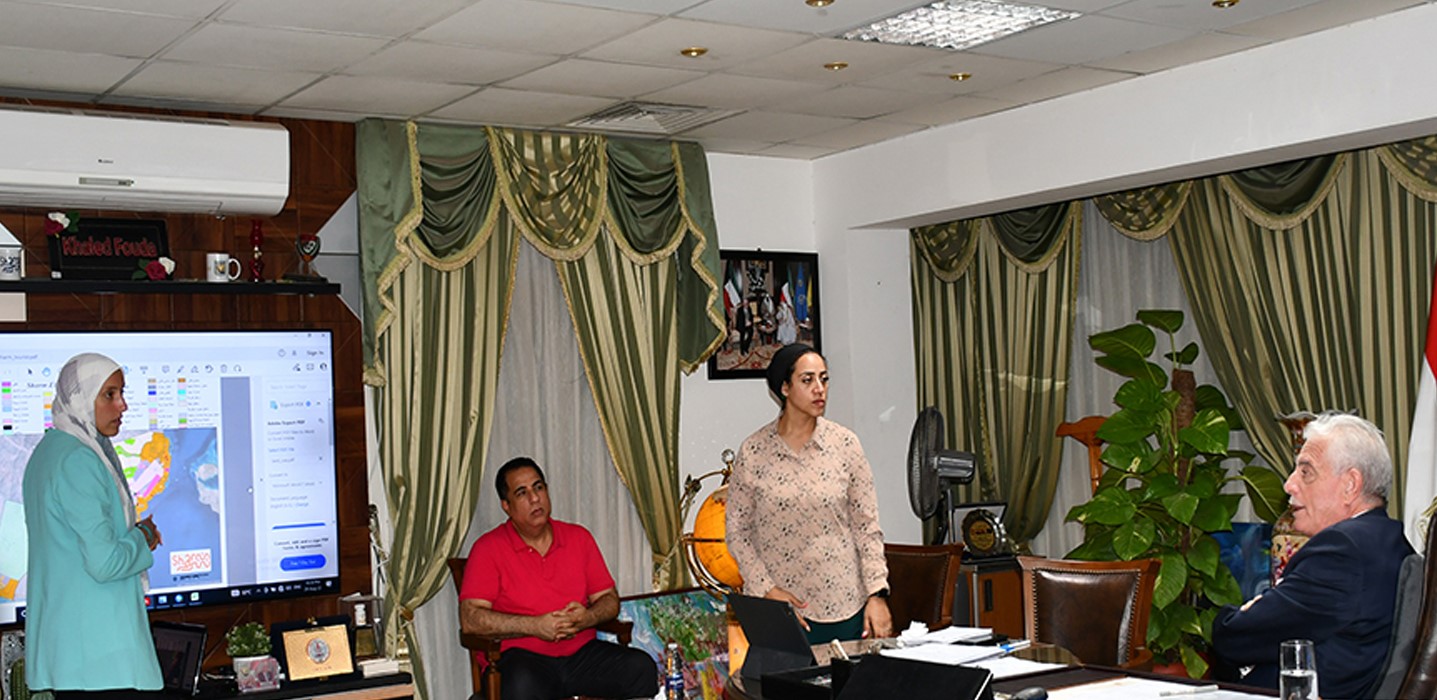
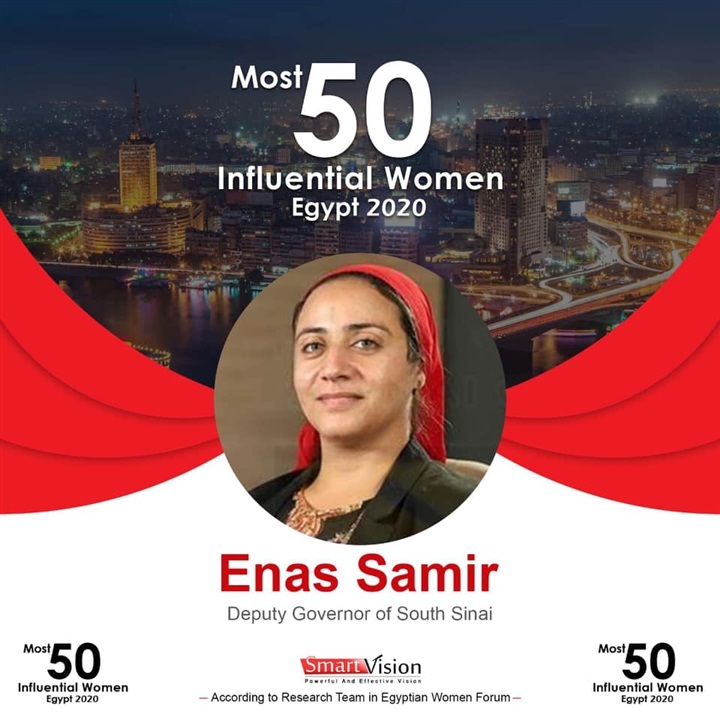
.jpeg)
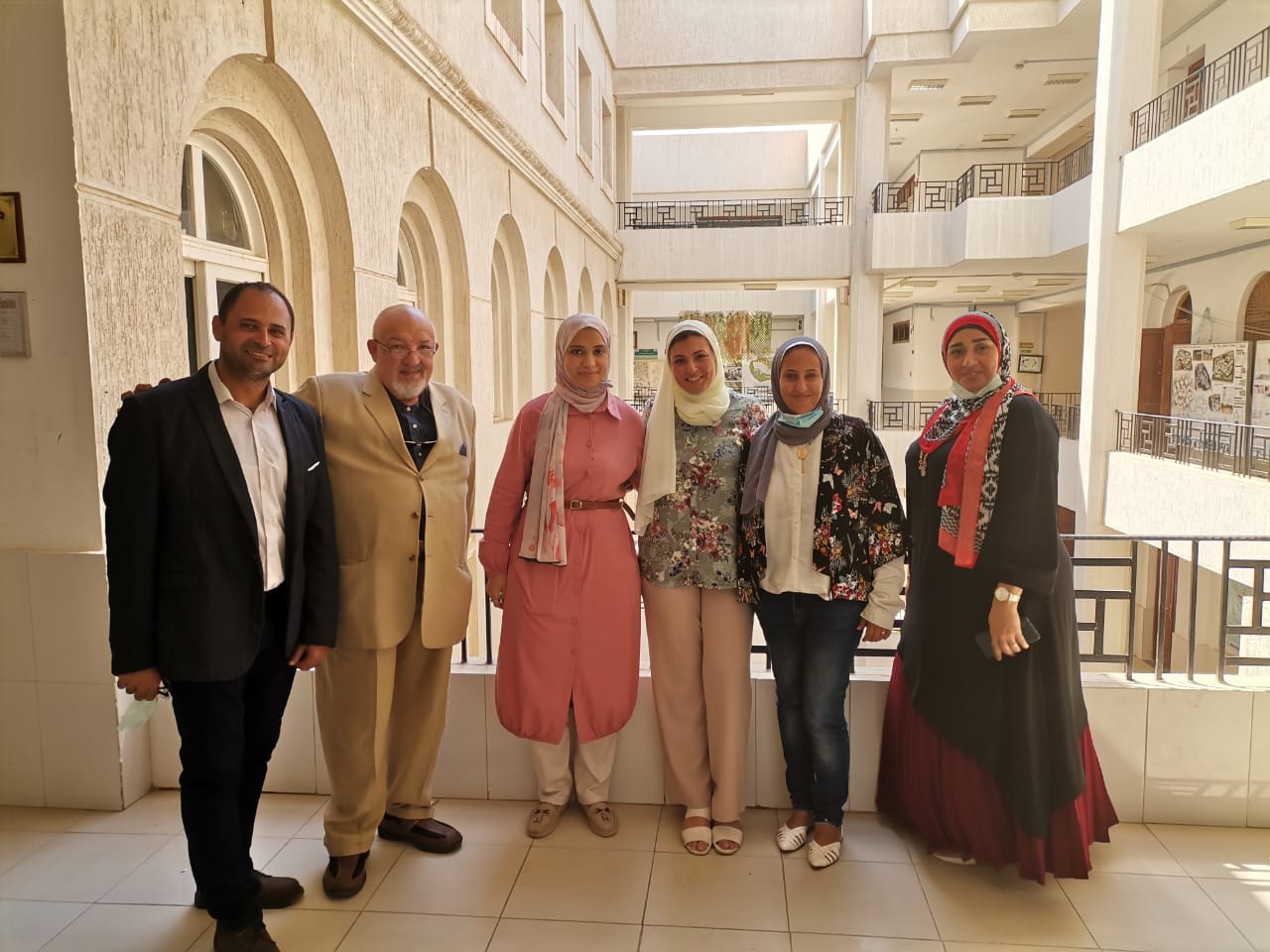
.jpeg)
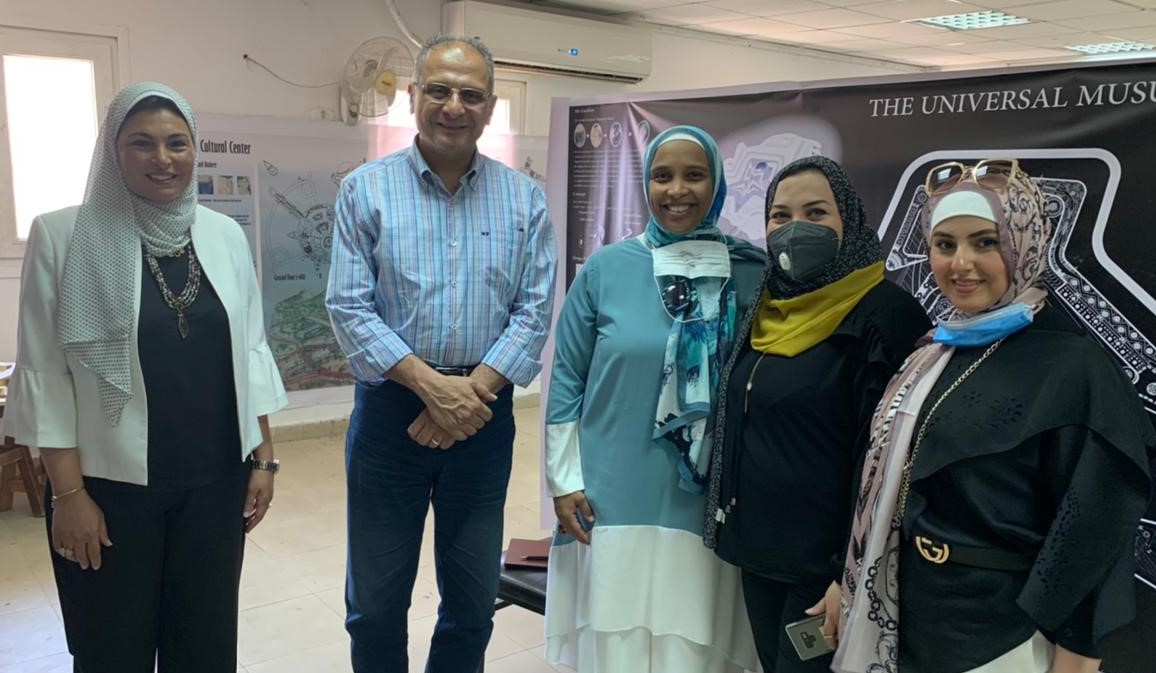

.jpeg)
